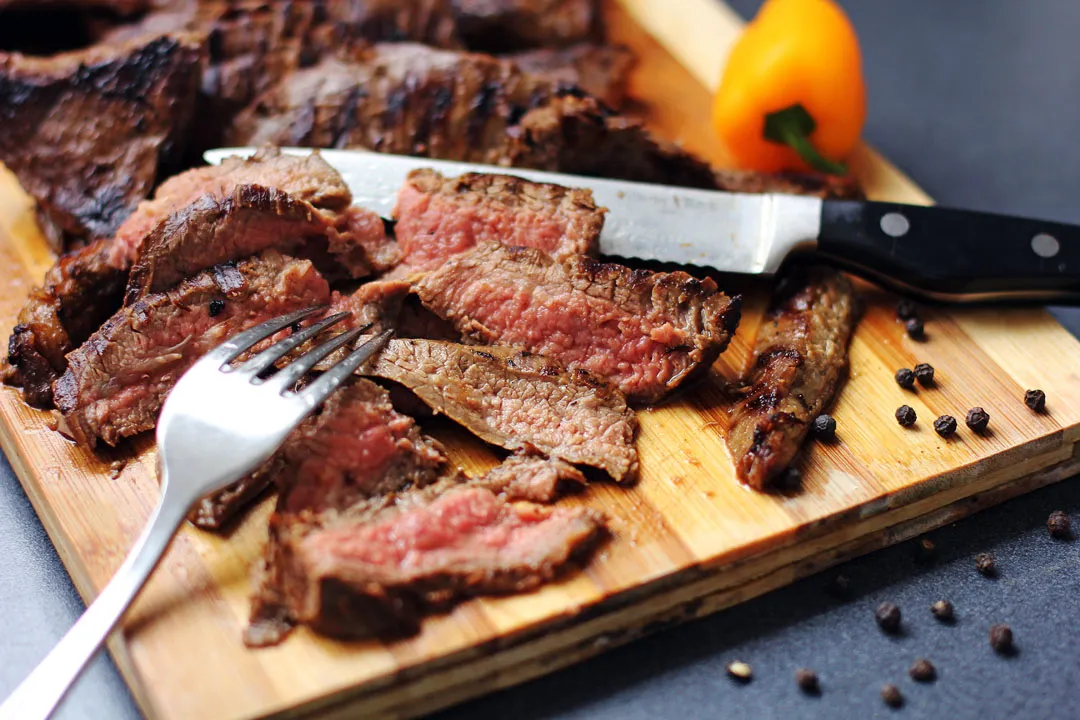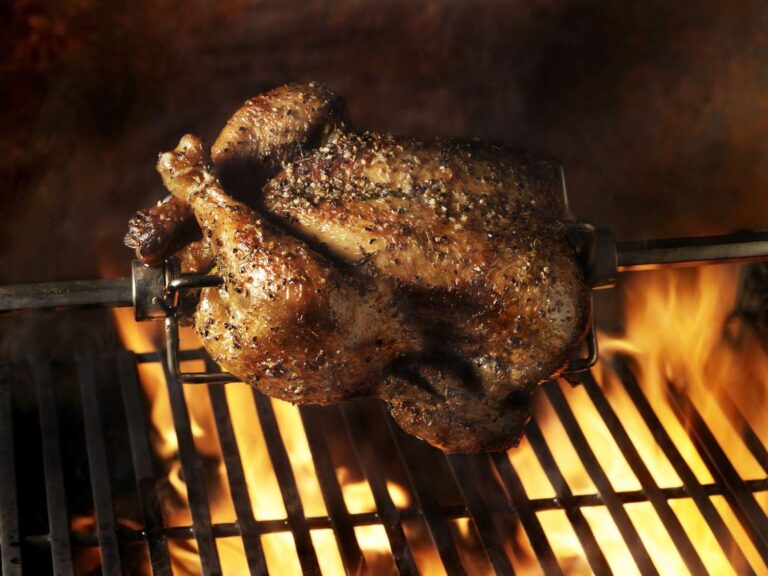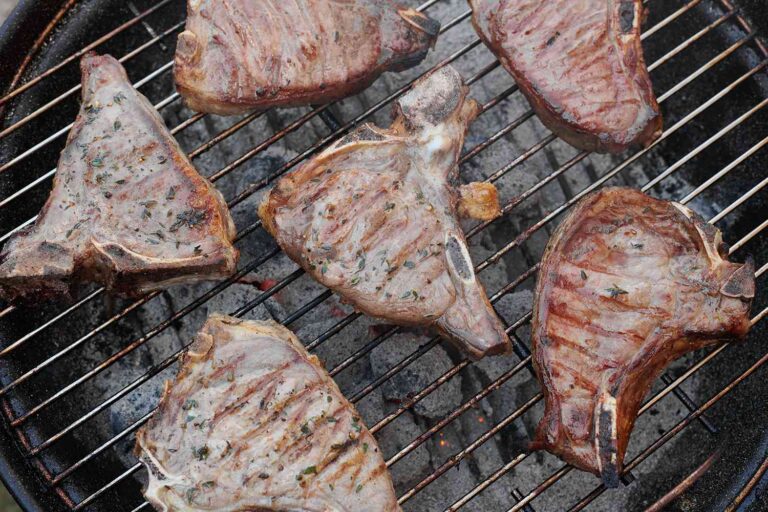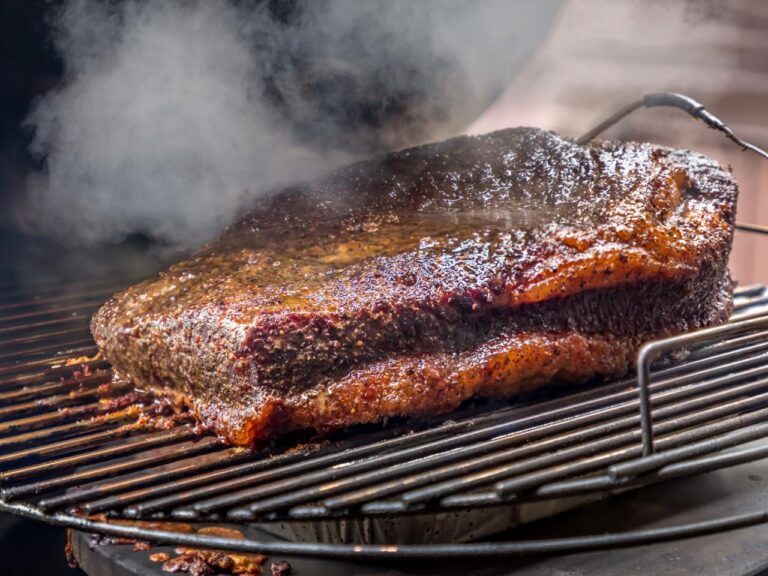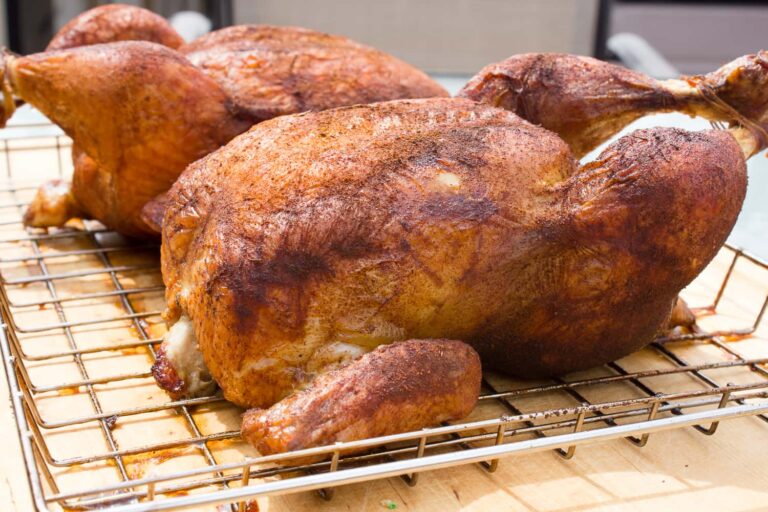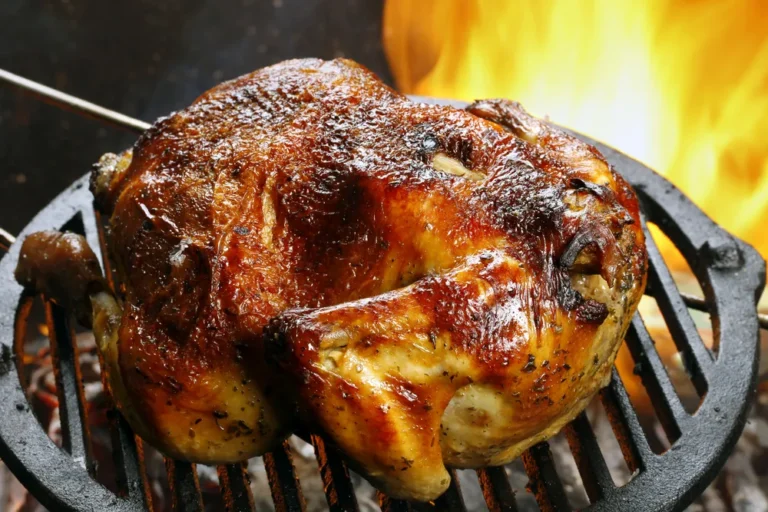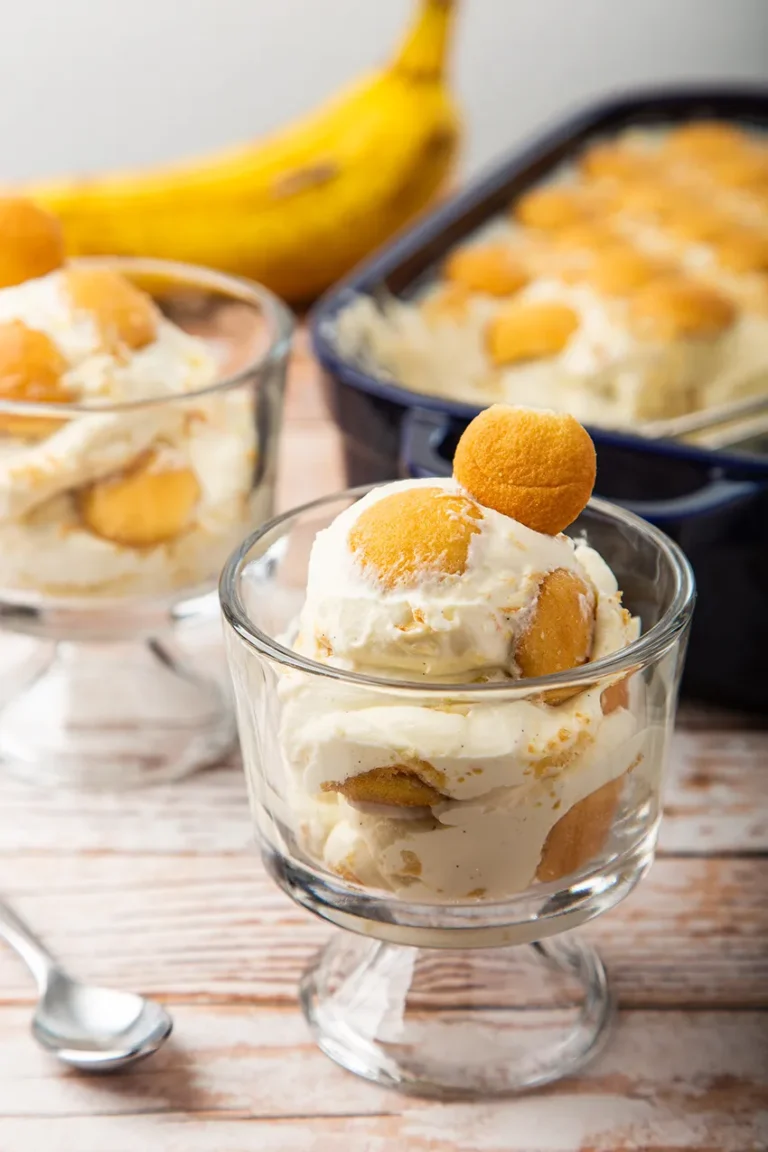Mastering BBQ Techniques for Skirt Steak
BBQ enthusiasts know that mastering the art of grilling skirt steak requires a blend of science and art. Skirt steak, with its rich, beefy flavor and tender texture, is a prized cut that’s perfect for grilling. To achieve the best results, it’s essential to understand the fundamentals of BBQ techniques.
This guide about BBQ techniques for skirt steak delves into every aspect of BBQing skirt steak, from setting up your grill to managing heat zones and controlling cooking temperatures. Whether you’re a seasoned griller or a beginner, these tips will help you achieve BBQ perfection.

Setting Up Your BBQ
Before you even think about cooking, it’s crucial to set up your BBQ correctly. The setup can make a significant difference in the outcome of your grilled skirt steak.
Types of Grills
Choosing the right grill is the first step. There are several types of grills to consider:
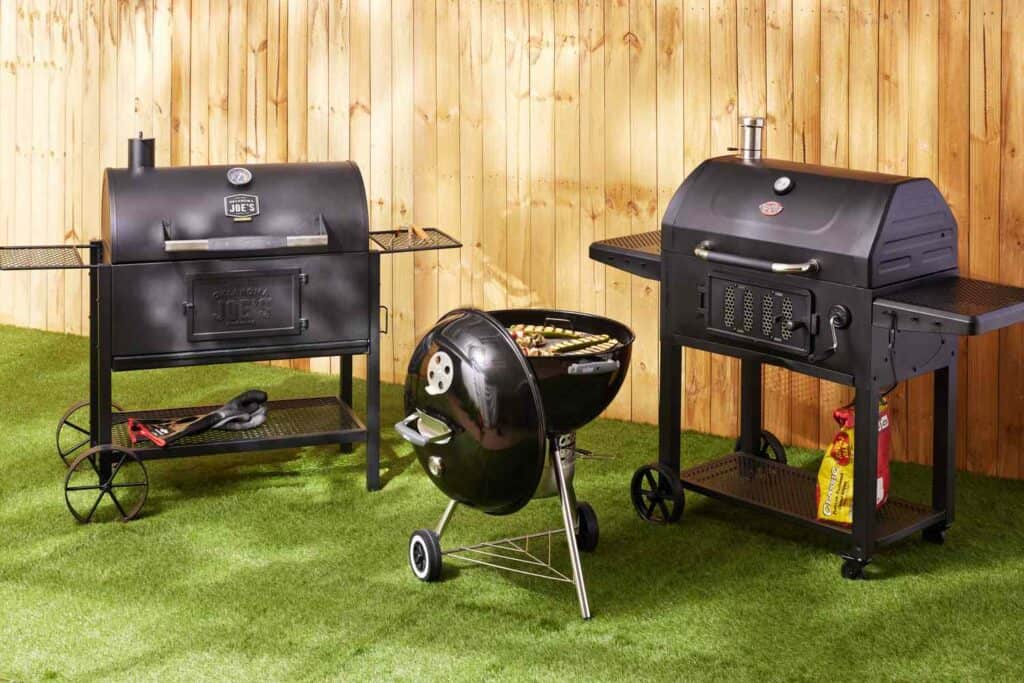
- Charcoal Grills: These are preferred by many for their ability to impart a smoky flavor. They can reach high temperatures, which is ideal for searing skirt steak.
- Gas Grills: These are convenient and offer better temperature control. They heat up quickly and are easy to use, making them a popular choice for many backyard chefs.
- Electric Grills: These are less common but are great for those who don’t want to deal with charcoal or propane. They provide consistent heat and are ideal for apartment dwellers.
- Pellet Grills: These grills use wood pellets and combine the convenience of a gas grill with the flavor of a charcoal grill. They’re versatile and excellent for smoking as well.
Heat Management
Once you’ve chosen your grill, the next step is to manage the heat properly. This is where many grillers make mistakes, but with a few tips, you can avoid common pitfalls.

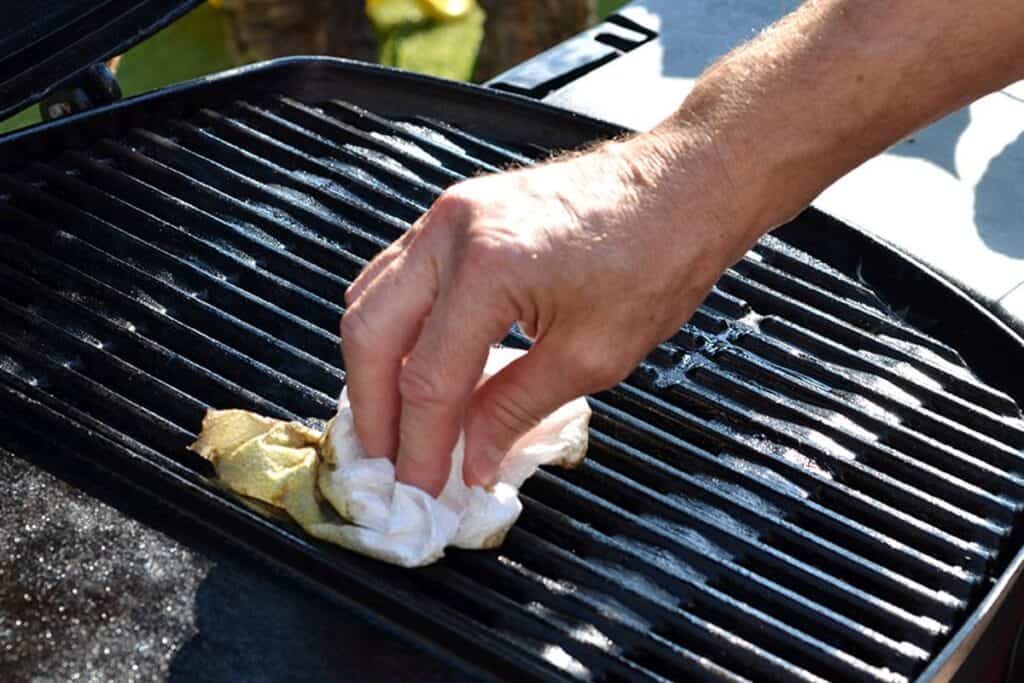
- Preheating: Always preheat your grill. This helps to clean the grill grates and ensure even cooking. For charcoal grills, light the coals and let them burn until they’re covered with a white-gray ash. For gas grills, turn all burners to high and close the lid for about 15 minutes.
- Cleaning the Grill Grates: Use a grill brush to clean the grates after preheating. This prevents sticking and ensures clean grill marks on your steak.
Managing Heat Zones
Mastering heat zones is crucial for grilling skirt steak to perfection. Different parts of the grill can be used for different cooking methods.
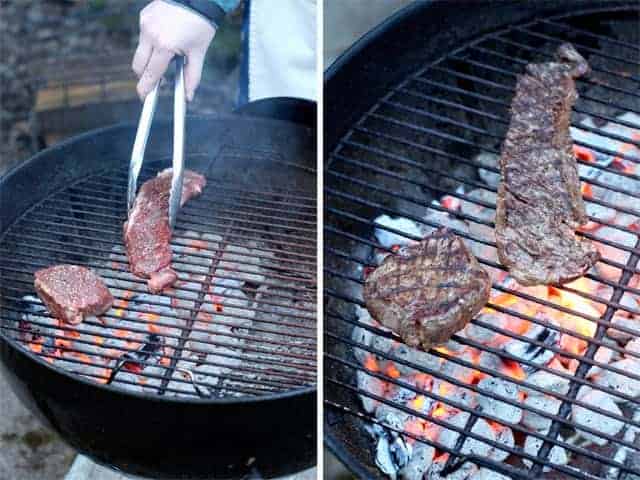
Direct Heat vs. Indirect Heat
Understanding the difference between direct and indirect heat is key:
- Direct Heat: This is when the food is placed directly over the heat source. It’s ideal for searing and getting those perfect grill marks on your skirt steak.
- Indirect Heat: This is when the food is placed away from the heat source. It’s used for slower, more even cooking, which is perfect for thicker cuts of meat or when you want to avoid burning the exterior while cooking the interior thoroughly.
Using a Two-Zone Setup
A two-zone setup is the best way to manage your heat zones effectively:
- Hot Zone: This is the direct heat zone where you sear the steak. It should be very hot, around 450-500°F.
- Cool Zone: This is the indirect heat zone where you finish cooking the steak to the desired doneness. It should be around 250-300°F.
To create a two-zone setup on a charcoal grill, push the coals to one side of the grill. For a gas grill, turn one burner on high and leave the other burner off or on low.
Timing and Temperature Control
Perfectly grilled skirt steak requires precise timing and temperature control. These aspects are critical to achieving the desired level of doneness.
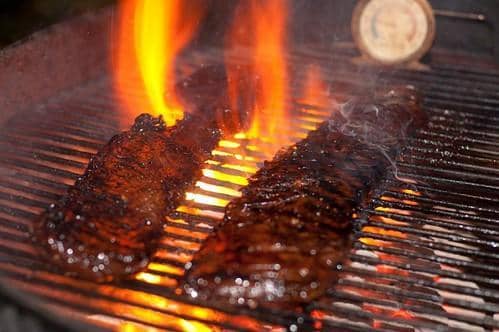
Using a Meat Thermometer
A meat thermometer is an indispensable tool for grilling skirt steak. It helps ensure that your steak reaches the perfect internal temperature without overcooking.
- Insert Properly: Insert the thermometer into the thickest part of the steak. Avoid bones and fat pockets, as they can give inaccurate readings.
- Temperature Monitoring: Keep the thermometer in the steak while cooking to monitor the temperature continuously.
Optimal Cooking Temperatures
Knowing the optimal cooking temperatures for skirt steak is essential:
- Rare: 120-125°F – The steak is cool red in the center.
- Medium Rare: 130-135°F – The steak is warm red in the center.
- Medium: 140-145°F – The steak is pink and firm.
- Medium Well: 150-155°F – The steak is slightly pink at the center.
- Well Done: 160°F and above – The steak is fully cooked with no pink.
Resting the Steak
After grilling, let the steak rest for about 5-10 minutes before slicing. This allows the juices to redistribute throughout the meat, ensuring a juicy and flavorful steak.
Slicing Against the Grain
For the most tender bites, slice the skirt steak against the grain. Skirt steak has long muscle fibers, and cutting against the grain shortens these fibers, making the steak easier to chew.
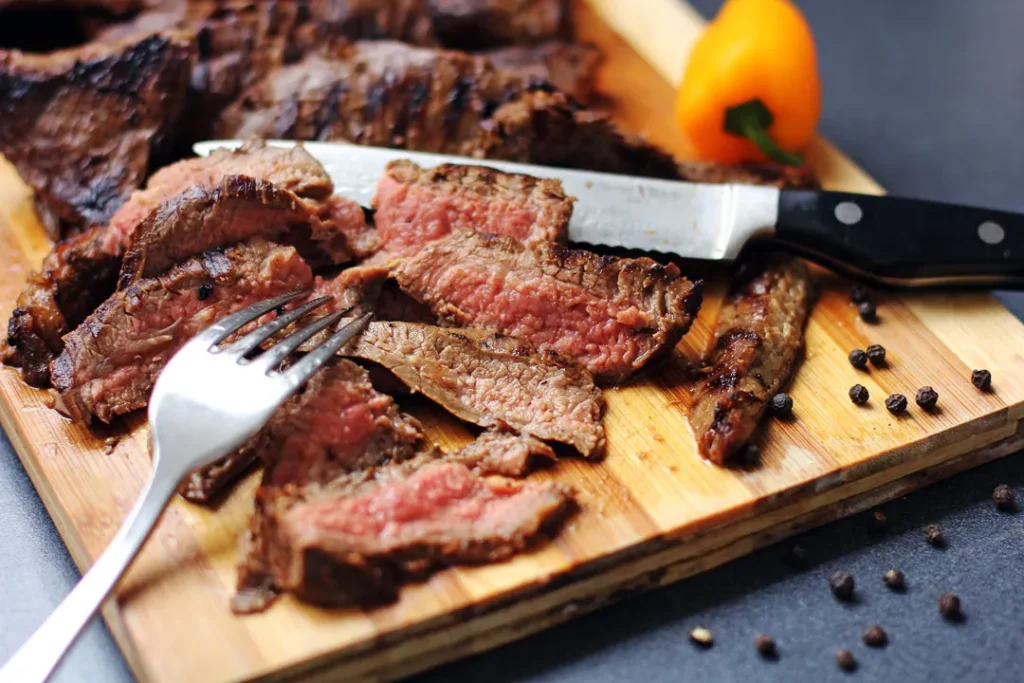
Advanced BBQ Techniques for Skirt Steak
To elevate your BBQ game, consider these advanced techniques that can add more flavor and tenderness to your skirt steak.
Marinating for Maximum Flavor
Marinating your skirt steak can enhance its flavor and tenderness. Here are some tips:
- Ingredients: Use acidic ingredients like citrus juice or vinegar to tenderize the meat, along with herbs, spices, and oil for flavor.
- Duration: Marinate the steak for at least 2 hours, but overnight is best for maximum flavor penetration.
- Technique: Place the steak and marinade in a resealable plastic bag, ensuring the steak is fully coated. Refrigerate while marinating.
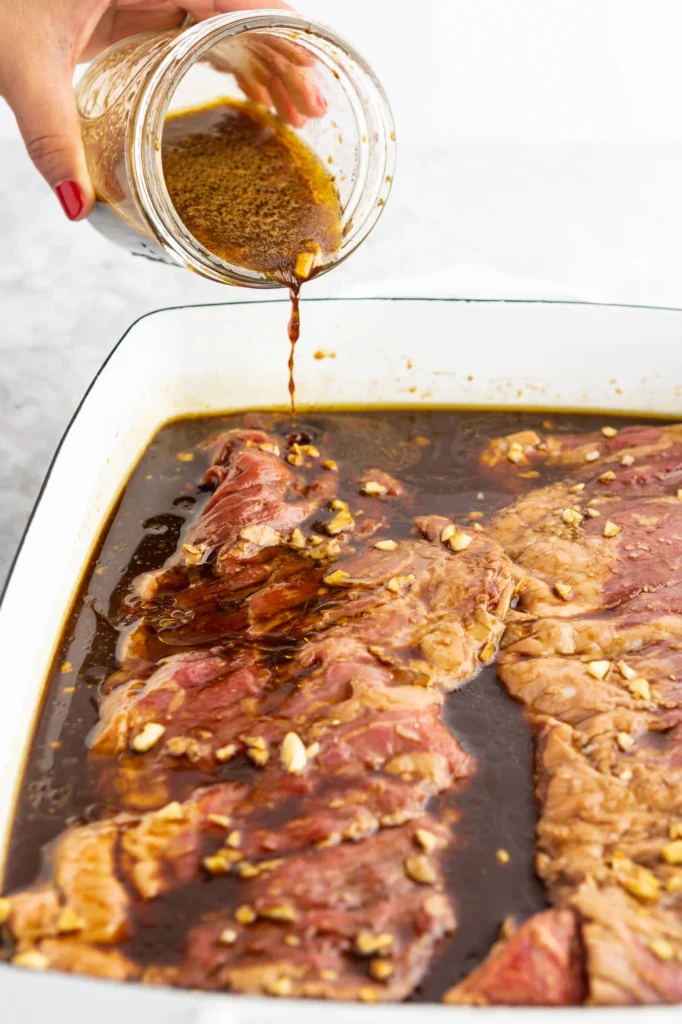
Smoking Techniques
Adding a smoky flavor can take your skirt steak to the next level. Here’s how:
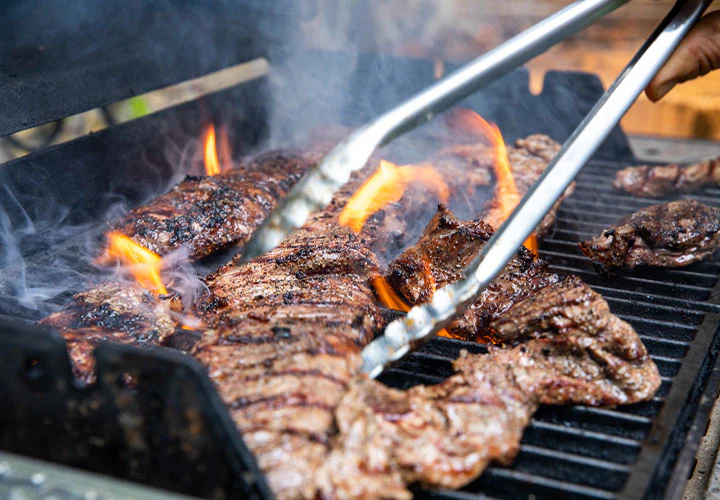
- Wood Chips: Choose wood chips like hickory, mesquite, or oak for a robust flavor. Soak them in water for 30 minutes before using.
- Smoking Process: For charcoal grills, place the soaked wood chips directly on the coals. For gas grills, use a smoker box or create a foil packet with holes and place it over the burner.
Reverse Searing
Reverse searing is a technique that involves cooking the steak at a low temperature first, then searing it at the end for a perfect crust:
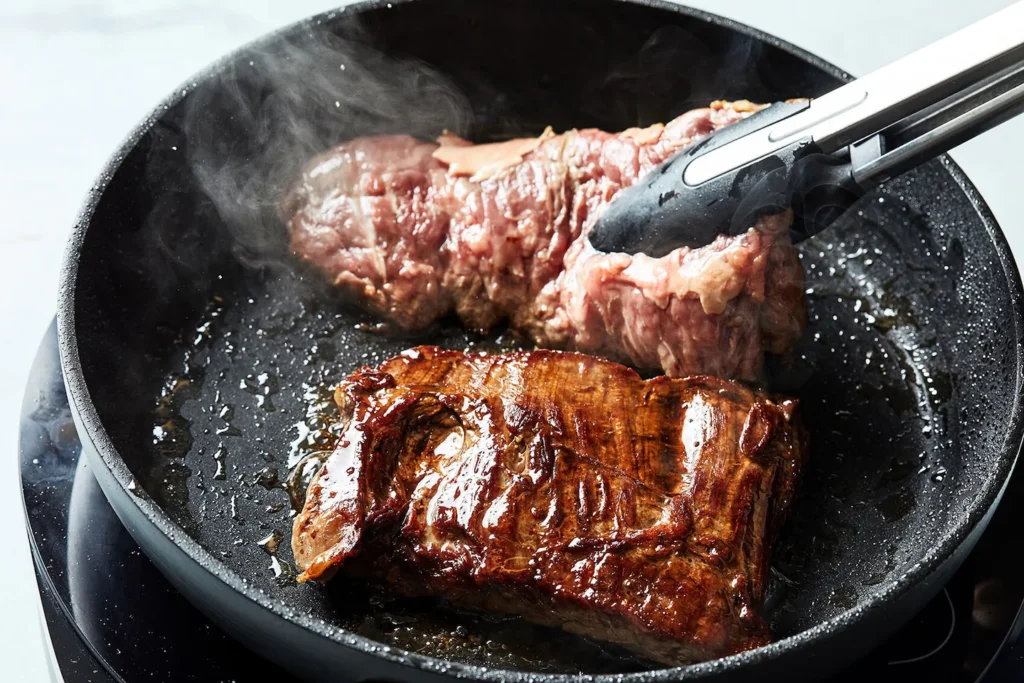
- Indirect Cooking: Start by cooking the steak on the cool side of the grill until it reaches about 10-15 degrees below your target temperature.
- High Heat Sear: Move the steak to the hot zone and sear each side for 1-2 minutes until it develops a crispy crust.
Enhancing Flavor with Rubs and Seasonings
Rubs and seasonings can dramatically enhance the flavor of your skirt steak. Here’s how to use them effectively:
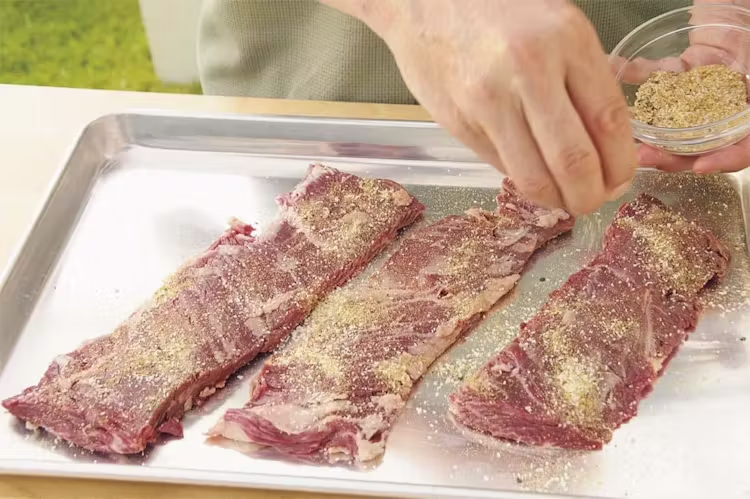
Dry Rubs
Dry rubs are mixtures of spices and herbs that you apply to the meat before grilling:
- Ingredients: Common ingredients include salt, pepper, garlic powder, onion powder, paprika, and brown sugar.
- Application: Generously coat the steak with the dry rub and let it sit for at least 30 minutes before grilling. For more intense flavor, apply the rub and refrigerate overnight.
Wet Rubs and Pastes
Wet rubs are similar to dry rubs but include moist ingredients like oil, mustard, or Worcestershire sauce:
- Ingredients: Combine spices with olive oil, minced garlic, and fresh herbs for a flavorful paste.
- Application: Spread the paste evenly over the steak and let it marinate for at least 30 minutes.
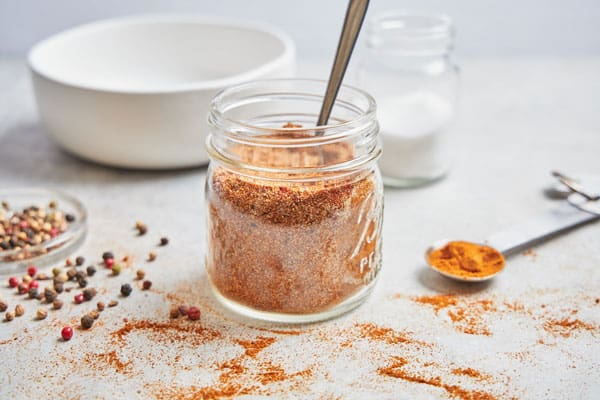

Finishing Touches
Finishing touches like basting and adding compound butter can elevate your skirt steak:
- Basting: Brush the steak with a mixture of melted butter, garlic, and herbs during the last few minutes of grilling for added flavor.
- Compound Butter: Top the cooked steak with a pat of compound butter made from butter mixed with herbs, garlic, and spices for a rich finish.
Troubleshooting Common BBQ Issues
Even experienced grillers encounter challenges. Here are solutions to common problems:
Avoiding Overcooking Overcooking can ruin a good skirt steak. Here’s how to avoid it:
- Temperature Monitoring: Always use a meat thermometer and remove the steak from the grill when it’s a few degrees below the target temperature. It will continue to cook as it rests.
- Two-Zone Cooking: Use the cool zone to finish cooking the steak slowly and prevent burning.
Dealing with Flare-Ups Flare-ups can char your steak and create an unpleasant taste:
- Trim Excess Fat: Trim any excess fat from the steak to reduce flare-ups.
- Control the Flames: Keep a spray bottle of water handy to control small flare-ups. For larger ones, move the steak to the cool zone until the flames subside.
Maintaining Grill Temperature Consistent grill temperature is key to even cooking:
- Charcoal Grills: Use a grill thermometer and adjust the air vents to control the temperature.
- Gas Grills: Preheat the grill thoroughly and avoid opening the lid too often, which can cause temperature fluctuations.
Conclusion
Mastering BBQ techniques for skirt steak is a rewarding endeavor that combines the right equipment, heat management, and precise timing. By setting up your grill properly, managing heat zones, and controlling cooking temperatures, you
can ensure that your skirt steak is perfectly grilled every time. Remember to use a meat thermometer for accurate temperature readings and to let the steak rest before slicing. With these tips, you’ll impress your friends and family with your BBQ skills and enjoy delicious, tender skirt steak that bursts with flavor. Happy grilling!
FAQs
Disclosure: Our blog contains affiliate links to products. We may receive a commission for purchases made through these links. However, this does not impact our reviews and comparisons. We try our best to keep things fair and balanced, in order to help you make the best choice for you.

